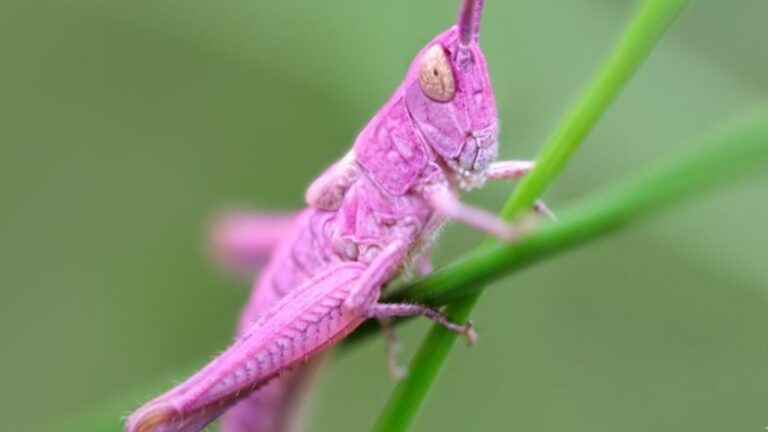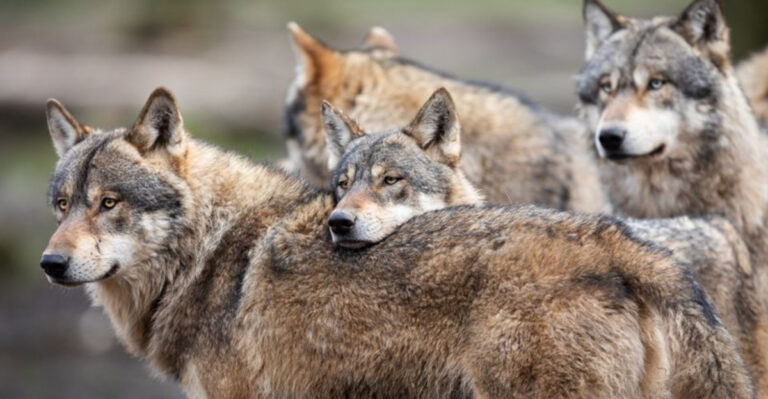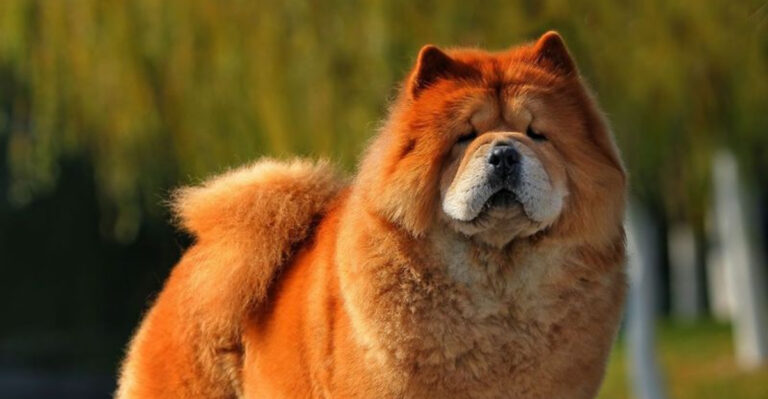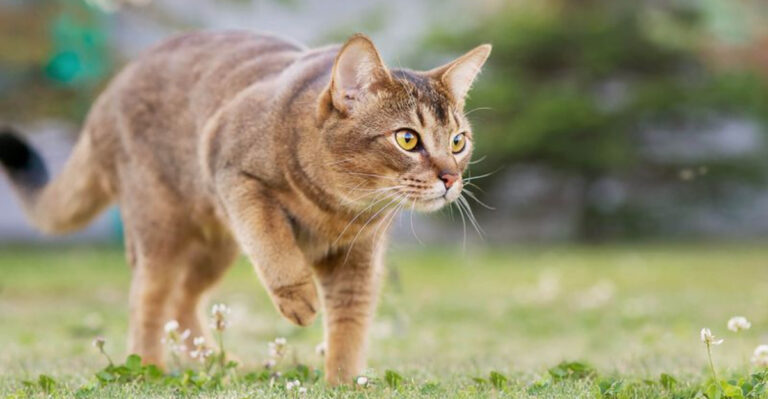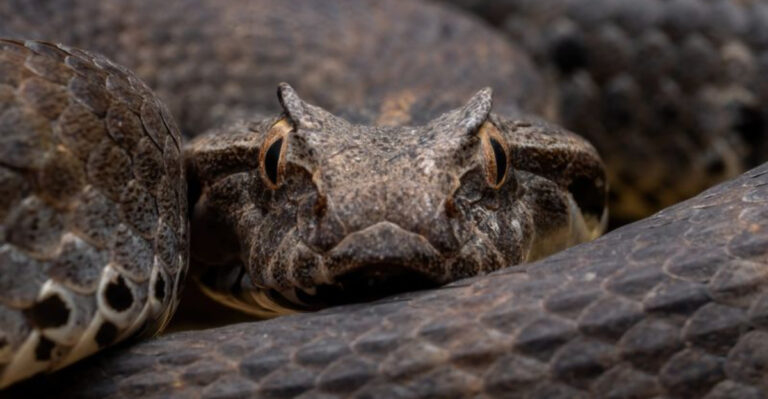17 Of The World’s Most Fascinating Dull Animals
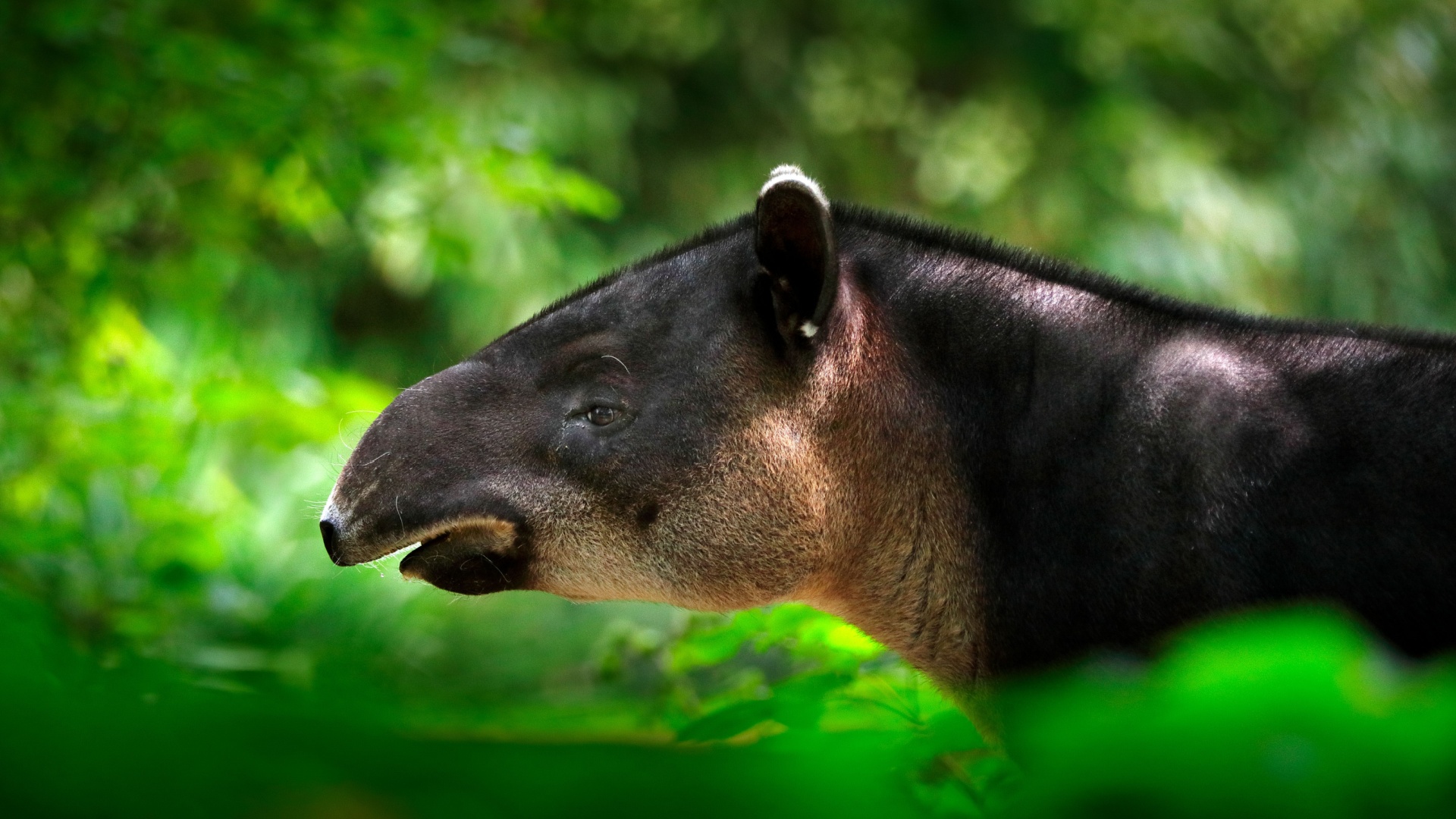
Not every creature in the animal kingdom is flashy, fast, or ferocious. Some animals prefer a low-key existence – quiet, slow-moving, and, let’s be honest, not exactly life-of-the-party material. But don’t be fooled!
Beneath their seemingly “dull” appearances or behaviors, these creatures have some of the most unique survival skills, quirky habits, and surprising traits.
From animals that barely move for months to those with the most uneventful daily routines, these unsung heroes of the wild prove that being dull doesn’t mean being boring. Ready to meet nature’s most underrated oddballs?
1. Aardvark
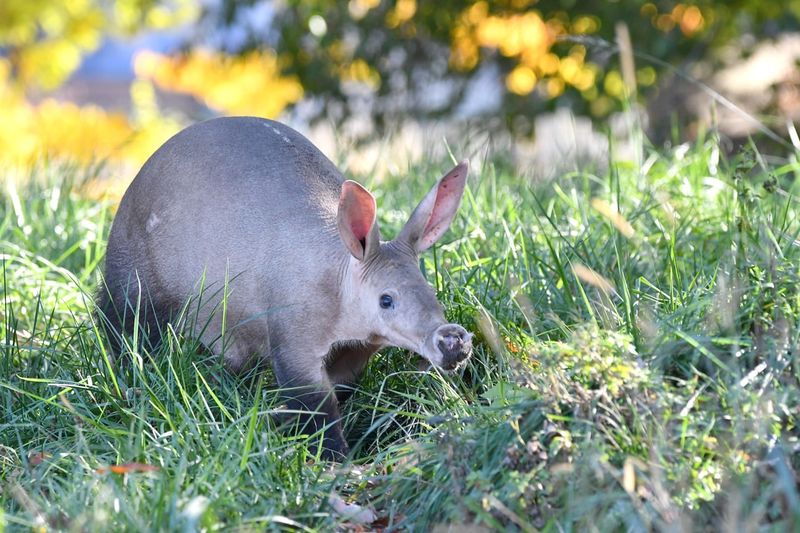
With its long snout and large ears, the aardvark roams the savannas under the cover of night, searching for ants and termites. The aardvark’s powerful limbs and claws allow it to dig into the toughest termite mounds, showcasing its incredible strength. Despite its seemingly plain appearance, the aardvark plays a vital role in its ecosystem by controlling insect populations.
Its burrowing habits create habitats for other species, proving its environmental significance. The aardvark’s skin is thick and tough, protecting it from insect bites as it forages. Interestingly, aardvarks are solitary animals, coming together only for mating. They are equipped with a keen sense of smell, which helps them locate their prey.
These creatures are quietly fascinating, displaying a unique blend of strength and adaptability. Observing an aardvark in its natural habitat reveals the subtle beauty and intricacy of this oft-overlooked animal.
2. Sloth
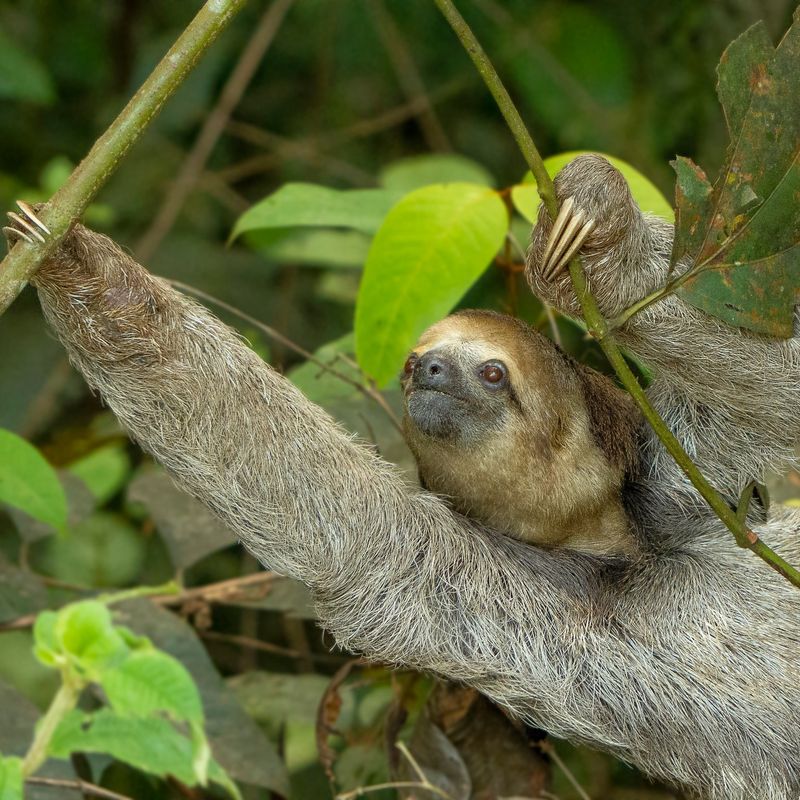
Sloths are nature’s epitome of slow living, residing primarily in the canopies of Central and South American rainforests. With a seemingly permanent smile, they move at a leisurely pace, conserving energy in their arboreal habitats. Their slow metabolism allows them to survive on a diet of leaves, which provides limited nutrition.
These creatures have long limbs and curved claws, perfectly adapted for hanging upside down from tree branches. The sloth’s fur hosts a micro-ecosystem of algae and insects, providing excellent camouflage among the leaves. This unique feature not only disguises them from predators but also contributes to their tranquil appearance.
Though sluggish on land, sloths are surprisingly good swimmers, using their long arms to move efficiently through water. Their sedentary lifestyle and low-energy diet make them fascinatingly dull creatures.
However, upon closer inspection, sloths reveal an intricate survival strategy that highlights the wonders of adaptation. Their ability to remain unnoticed is both a defense mechanism and a testament to their unique evolutionary path.
3. Manatee
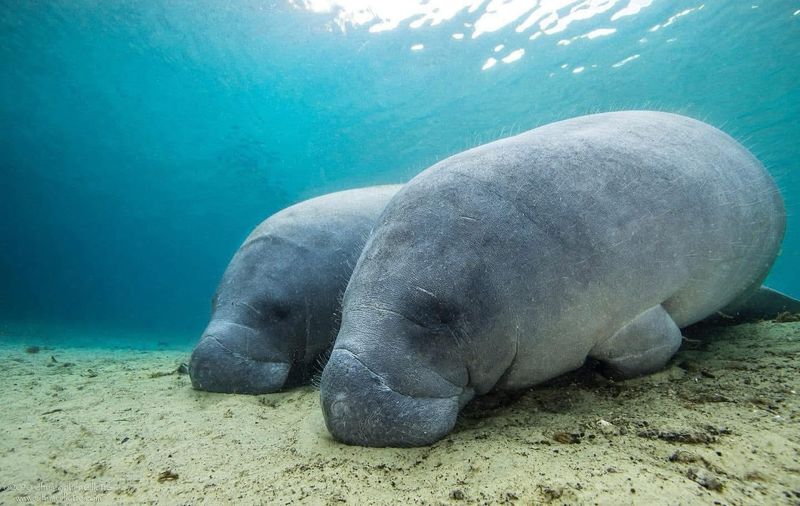
These large, gray mammals have a distinct, paddle-shaped tail and small, beady eyes. Despite their size, manatees are incredibly graceful swimmers, moving slowly through the water with their powerful tails. They are herbivores, feeding primarily on seagrass and other aquatic plants. This diet requires them to consume vast amounts of vegetation each day, contributing to their rotund appearance.
Their slow pace and constant grazing have earned them the nickname “cows of the sea.” Manatees communicate with each other using a series of chirps, whistles, and clicks, creating a fascinating underwater symphony.
They are solitary by nature but may form small groups, particularly mothers with their calves. Manatees have few natural predators, but human activities pose significant threats to their survival. The serene presence of these creatures, coupled with their gentle nature and ecological importance, makes them quietly captivating members of the marine world.
4. Koala
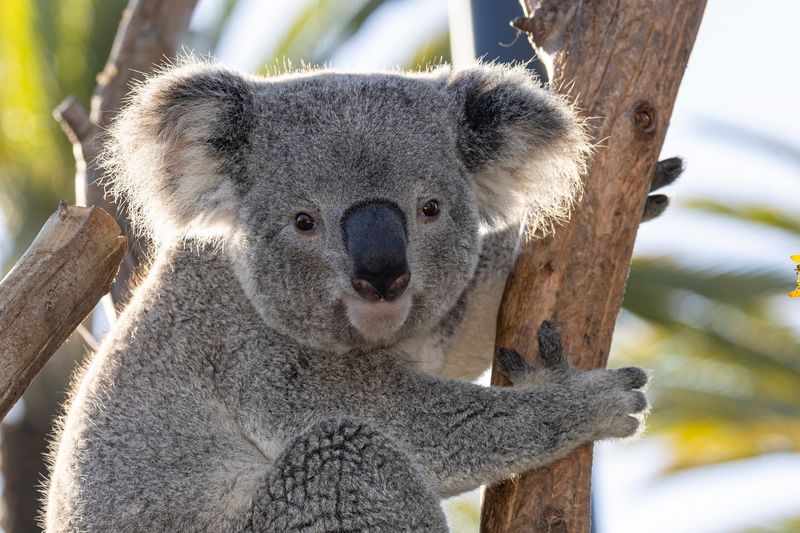
Koalas spend most of their lives in eucalyptus trees, feeding on the leaves, which are toxic to many other animals. Koalas have specialized digestive systems that allow them to detoxify the chemicals present in these leaves. Their thick, woolly fur provides insulation against both heat and cold, while their padded claws help them grip tree branches securely.
Koalas are known for their slow movements and long sleeping hours, which can extend up to 20 hours a day, conserving energy from their low-nutrient diet. Despite their sleepy demeanor, koalas are adept climbers and can leap between branches with surprising agility. They communicate through a range of vocalizations, from gentle grunts to bellowing calls, which can be heard over great distances.
Koalas face threats from habitat destruction, making conservation efforts vital for their survival. These endearing yet seemingly dull creatures offer insights into the unique adaptations required to thrive in their specific niche.
5. Capybara
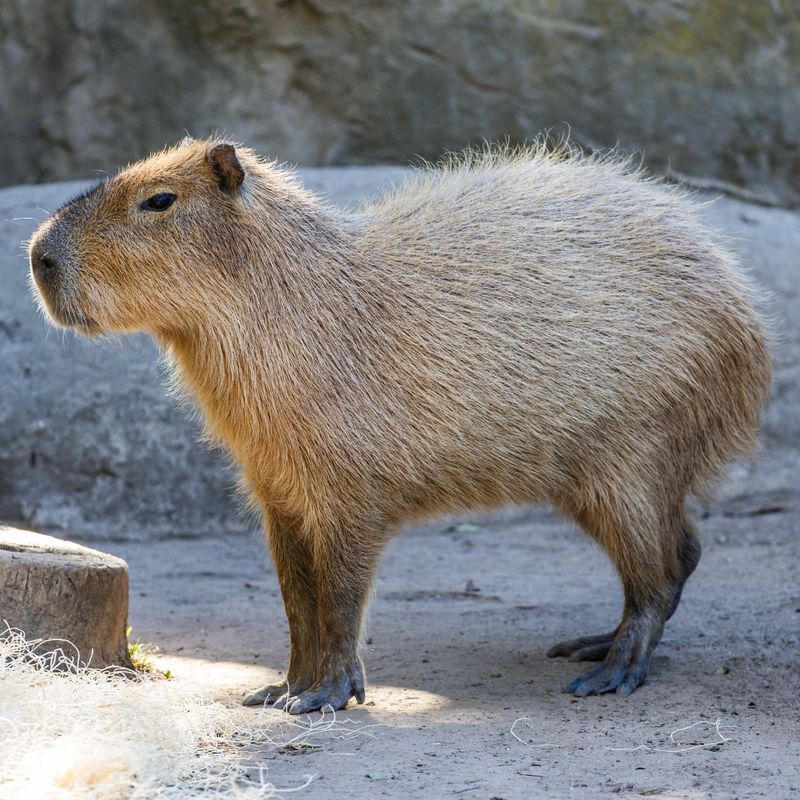
The capybara, native to South America, is the world’s largest rodent. Despite its unassuming appearance, it is a fascinating creature that thrives in social groups near water sources like rivers and marshes. Capybaras have webbed feet, making them excellent swimmers, and they often take to the water to escape predators.
Their diet consists mainly of grass and aquatic plants, which they graze on in large quantities. They have a unique digestive system that allows them to efficiently process and extract nutrients from their fibrous diet. Capybaras communicate with each other using a series of barks, whistles, and purrs, showcasing their social nature.
Though often perceived as dull, capybaras play a crucial role in their ecosystem by helping to maintain the balance of aquatic plant life. They are also known for their calm demeanor, often seen lounging in the sun or soaking in water with other species, like birds, resting on their backs.
6. Okapi
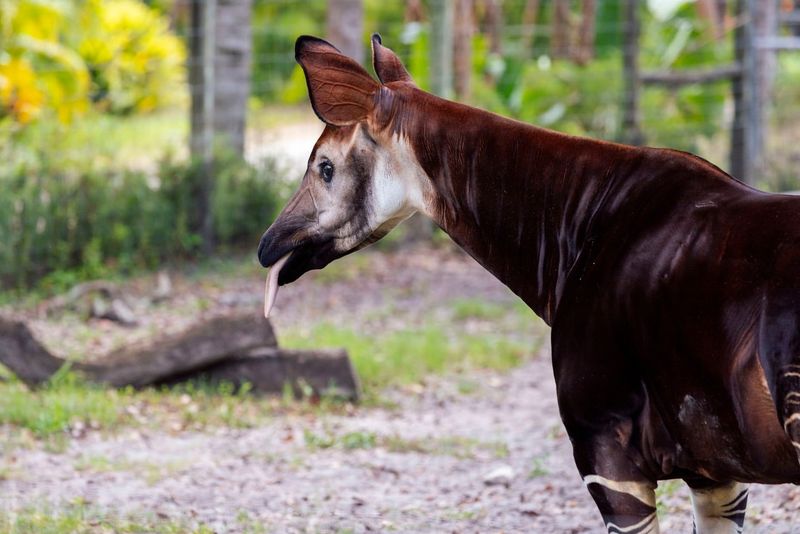
Often referred to as the “forest giraffe,” the okapi is a unique and elusive mammal native to the dense rainforests of the Congo Basin. Its appearance is a blend of features from zebras and giraffes, with striped legs and a long neck. These stripes help it blend into the dappled sunlight of its forest environment. Despite sharing a family with giraffes, the okapi is much smaller and more solitary.
Its long, prehensile tongue allows it to feed on leaves and buds high up in trees. This tongue is so dexterous that it can clean the okapi’s eyelids and ears, showcasing its remarkable adaptability. Okapis are known for their elusive nature, often remaining hidden within the forest.
Their solitary behavior and the dense habitat make them challenging to study in the wild. However, their role in the ecosystem as browsers helps maintain the health of their forest environment.
These understated animals, with their unique blend of traits, offer a glimpse into the diversity and complexity of rainforest life.
7. Pangolin
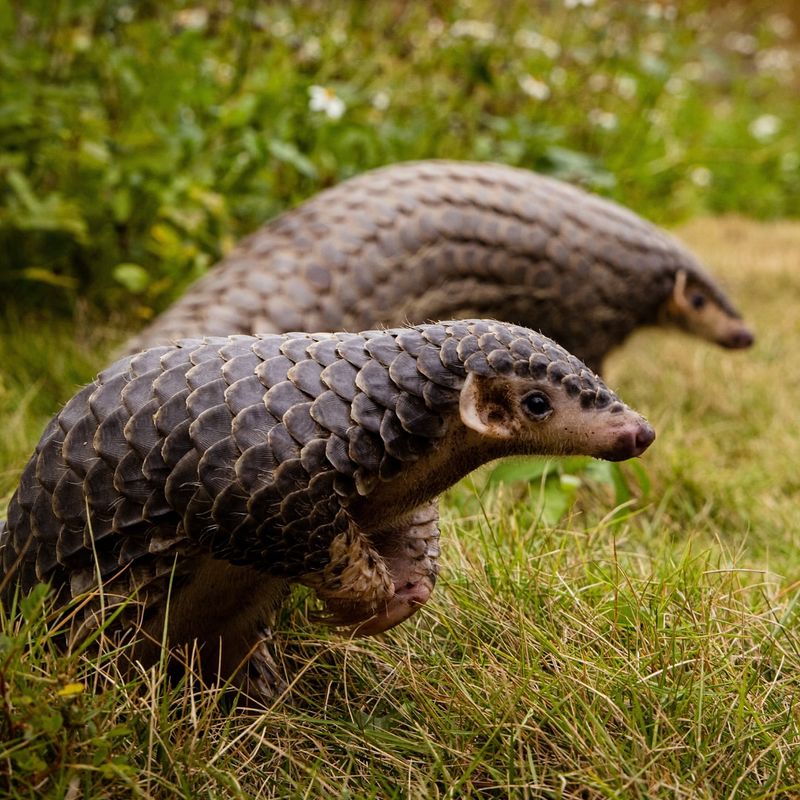
Pangolins are unique mammals covered in tough, keratin scales, resembling a living pinecone. Found in Asia and Africa, these solitary creatures are masters of defense, rolling into a tight ball when threatened. This protective mechanism, combined with their nocturnal habits, helps them avoid predators. They feed primarily on ants and termites, using their long, sticky tongues to extract insects from nests.
Despite their dull appearance, pangolins play a significant role in controlling insect populations, benefiting the ecosystems they inhabit. Their strong claws enable them to dig into termite mounds with ease. Unfortunately, pangolins are the world’s most trafficked mammals, prized for their scales and meat. Conservation efforts are crucial to protect these unique creatures from poaching and habitat destruction.
While they may seem dull at a glance, pangolins reveal a world of complex behaviors and adaptations upon closer scrutiny. Their quiet strength and ecological importance make them fascinatingly understated members of the animal kingdom.
8. Wombat
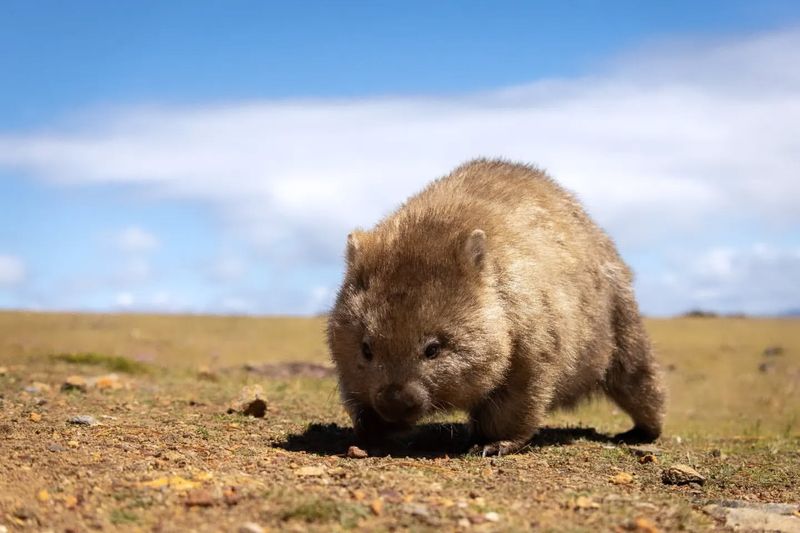
With a compact and muscular build, wombats dig expansive networks of tunnels, serving as shelters from predators and harsh weather. Wombats have a backward-facing pouch, which prevents soil from entering while digging. These herbivores feed primarily on grasses and roots, with a slow metabolism that aids in extracting maximum nutrients from their fibrous diet.
Their droppings are cube-shaped, a unique feature that prevents them from rolling away, marking their territory effectively. Wombats might appear unremarkable, yet they possess notable strength and persistence, particularly when burrowing. They can run at surprising speeds when threatened, despite their squat stature.
Wombats are nocturnal, avoiding the heat of the day and emerging at night to forage. Their understated existence and remarkable adaptations to their environment highlight the subtle complexities of these seemingly dull creatures.
9. Mole
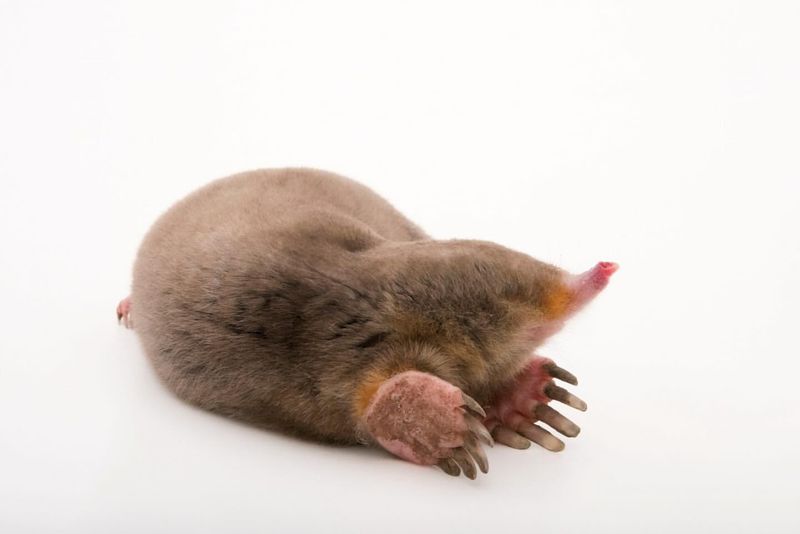
Moles are small, burrowing mammals known for their subterranean lifestyles. Equipped with large, spade-like paws, they tunnel through soil in search of insects and worms. Their velvety fur is uniquely adapted to move smoothly through tight spaces underground. Though often considered garden nuisances, moles play a crucial role in aerating the soil, which helps promote healthy plant growth.
Their intricate tunnel systems are engineering marvels, capable of spanning large areas with multiple layers. Moles have poor vision but possess an acute sense of touch, using sensory hairs to navigate their dark environments. They are solitary creatures, with territories defined by their extensive networks.
Despite their reputation as pests, moles contribute positively to their ecosystems, embodying the fascinating intricacies of life below the surface.
10. Binturong
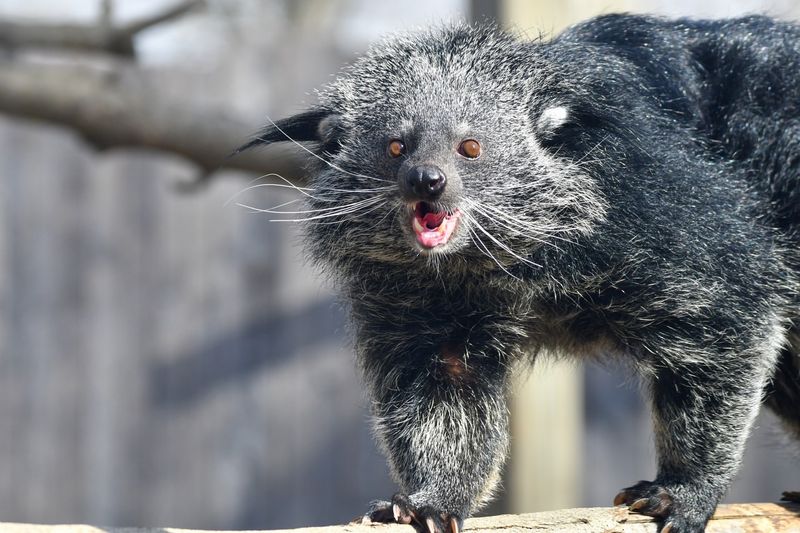
This unique mammal is native to the forests of Southeast Asia. Despite its name, it is neither a bear nor a cat, but a member of the civet family. Binturongs are known for their distinctive scent, reminiscent of buttered popcorn, which they use to mark their territory.
Binturongs are arboreal creatures, spending most of their time in trees. They have prehensile tails, which act like a fifth limb, aiding in climbing and balance. Their diet consists of fruits, small animals, and eggs, making them omnivorous.
These animals are mostly nocturnal, using their sharp senses to navigate the forest at night. Binturongs communicate with each other through a series of grunts and hisses, and their social structures are loosely defined.
Though they might not draw immediate attention, binturongs exhibit fascinating behaviors and adaptations that speak to the diversity of life in tropical forests. From their role in seed dispersal to their remarkable agility, there are many interesting facts about these unique creatures that make them an essential part of their ecosystem.
11. Tenrec
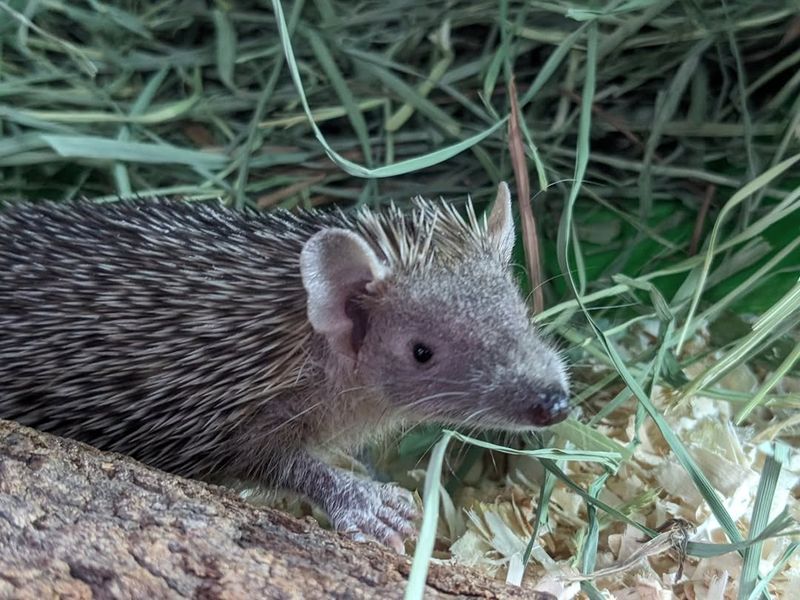
With a resemblance to hedgehogs and shrews, tenrecs are equipped with spiky quills for defense against predators. These creatures are highly adaptable, inhabiting a variety of environments from rainforests to arid areas. Their diet is equally varied, consisting of insects, fruit, and small vertebrates.
Tenrecs display unique reproductive strategies, with some species producing large litters relative to their size. Despite their unassuming appearance, tenrecs contribute significantly to their ecosystems by controlling insect populations.
Their ability to thrive in diverse habitats highlights their resilience and evolutionary success. These understated animals, with their array of survival strategies, offer a window into the ecological tapestry of Madagascar.
12. Naked Mole Rat
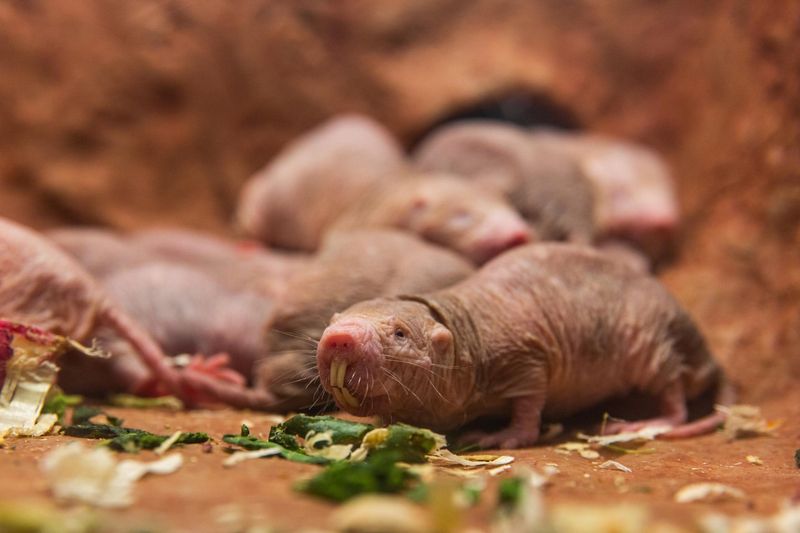
The naked mole rat, native to East Africa, is one of nature’s most peculiar mammals. These hairless rodents display a social structure akin to that of ants or bees, with a single breeding queen and her colony of workers.
Their subterranean lifestyle involves living in extensive burrow systems, which they dig using their prominent teeth. Naked mole rats are almost blind, relying on their sense of touch and smell to navigate their dark environments.
Despite their unusual appearance, naked mole rats exhibit remarkable resilience to oxygen deprivation and cancer, sparking interest in scientific research. Their eusocial behavior and physiological adaptations make them a fascinating study in cooperative living and survival in harsh conditions.
13. Quokka
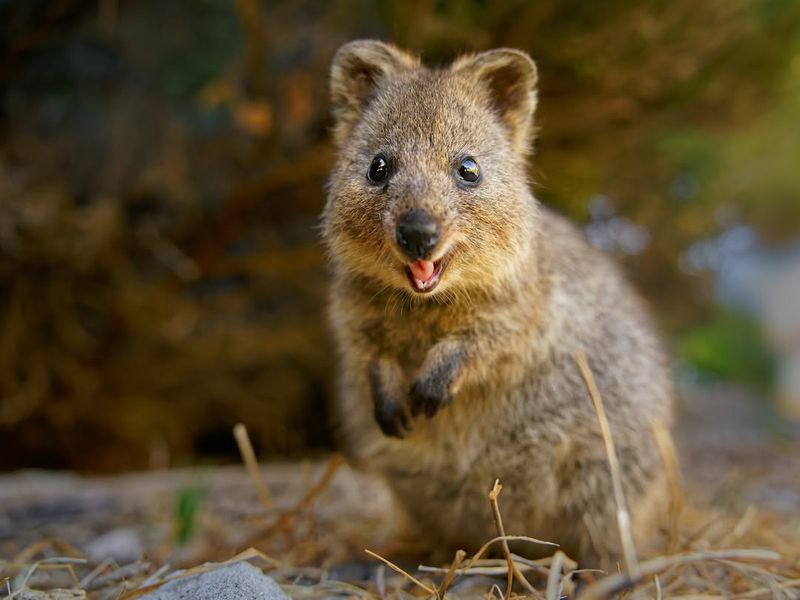
Their friendly appearance and perpetual “smile” attract tourists and photographers alike. These herbivorous creatures feed on grasses and leaves, maintaining a nocturnal lifestyle to avoid the harsh daytime heat.
Quokkas are known for their curiosity and willingness to approach humans, often resulting in charming photographs. Though they appear carefree, quokkas face challenges such as habitat loss and introduced predators.
Conservation efforts are crucial to ensure their survival. Quokkas exemplify the delicate balance between seeming simplicity and the complex ecological roles they play in their environments.
14. Tapir
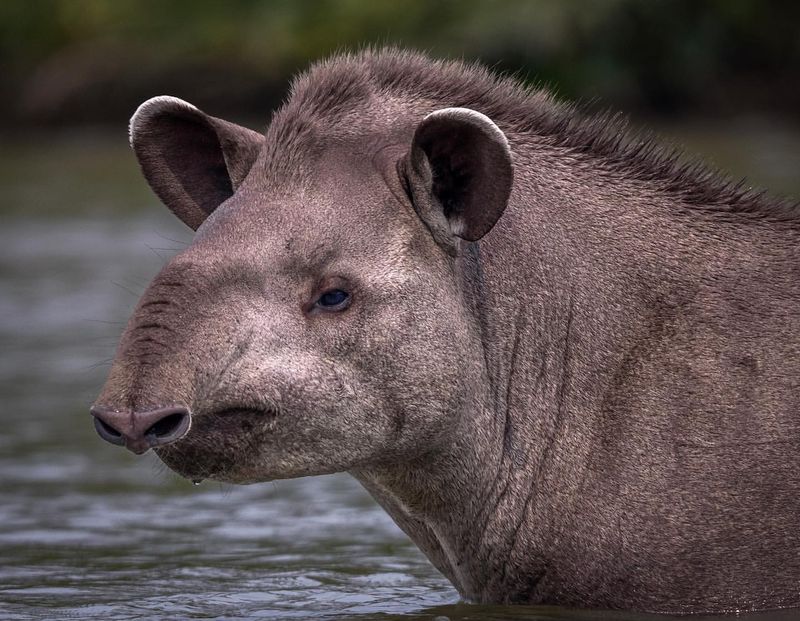
Tapirs are large, herbivorous mammals found in the jungles of Central and South America, as well as Southeast Asia. Their most distinctive feature is their elongated, prehensile snout, which they use to grasp leaves and fruit.
Despite their bulky appearance, tapirs are excellent swimmers, often found near water bodies. They use rivers and streams as highways through their forested habitats, providing them with both food and refuge from predators.
Tapirs are mostly solitary, with territories marked by scent. As seed dispersers, they play a crucial role in maintaining the health and diversity of their ecosystems.
15. Shoebill
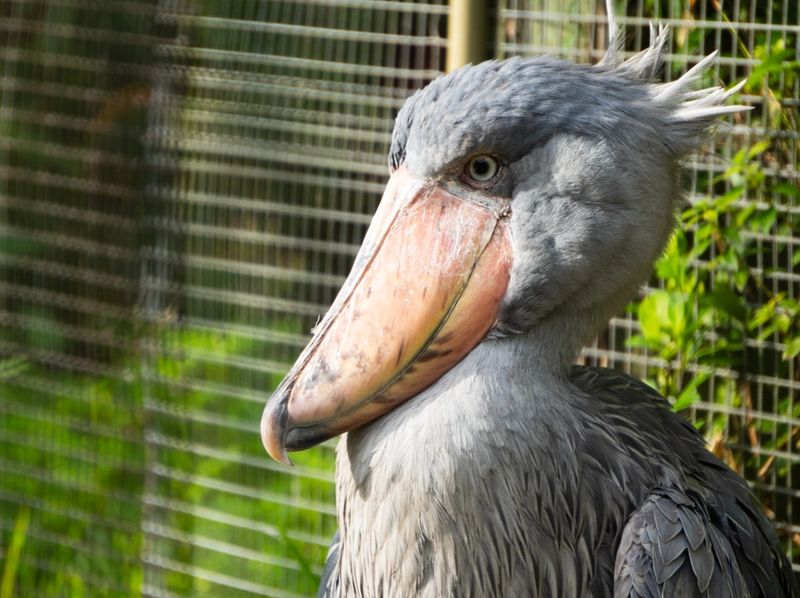
The shoebill is a large, stork-like bird native to the swamps and wetlands of East Africa. Known for its enormous, shoe-shaped bill, this bird has a prehistoric appearance that captivates birdwatchers and nature enthusiasts. Shoebills are solitary hunters, standing motionless for hours as they wait to ambush fish and other aquatic prey.
Their hunting strategy involves a sudden, powerful strike, showcasing their patience and precision. Despite their intimidating look, shoebills are surprisingly gentle, often observed bowing to each other in greeting. They are considered vulnerable due to habitat destruction and hunting.
The shoebill’s unique characteristics and behaviors highlight the diversity of avian life and the importance of wetland conservation.
16. Blobfish
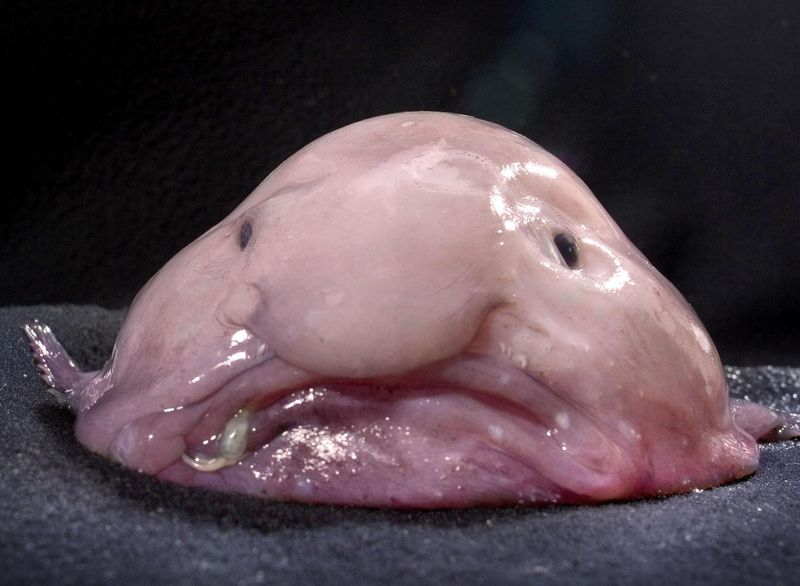
Meet the blobfish, a denizen of the deep sea known for its gelatinous physique. Floating through the inky depths, it exudes an uncanny charm that defies traditional beauty.
Due to its low-density flesh, the blobfish appears remarkably different when brought to the surface, its features exaggerated by the lack of water pressure. This transformation has earned it the title of the world’s ‘ugliest animal,’ yet its uniqueness is undeniable.
Without a swim bladder, the blobfish gracefully drifts along the ocean floor, feeding on unsuspecting crustaceans. Its lack of muscle is its superpower, allowing it to conserve energy effortlessly.
17. Axolotl
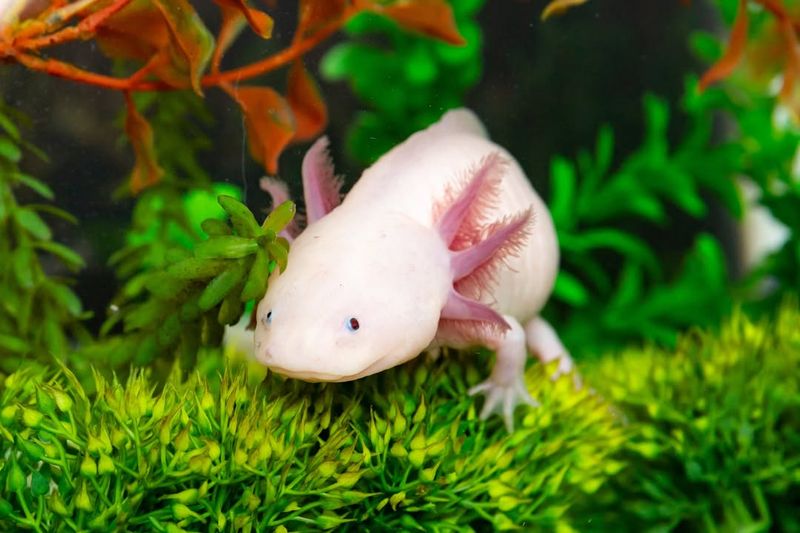
The axolotl, often dubbed the ‘Mexican walking fish,’ is a salamander renowned for its regenerative prowess. Despite its dull hue, this aquatic creature captivates with its ability to regrow limbs and even parts of its heart and brain.
Inhabiting the lakes of Mexico City, the axolotl is a symbol of resilience amid environmental threats. Its feathery gills and perpetual juvenile state give it an eternal youthful appearance.
This remarkable amphibian, while facing habitat loss, inspires scientific research worldwide. Its regenerative abilities hold potential keys to unlocking human healing processes, making it an unsung hero of the scientific community.

